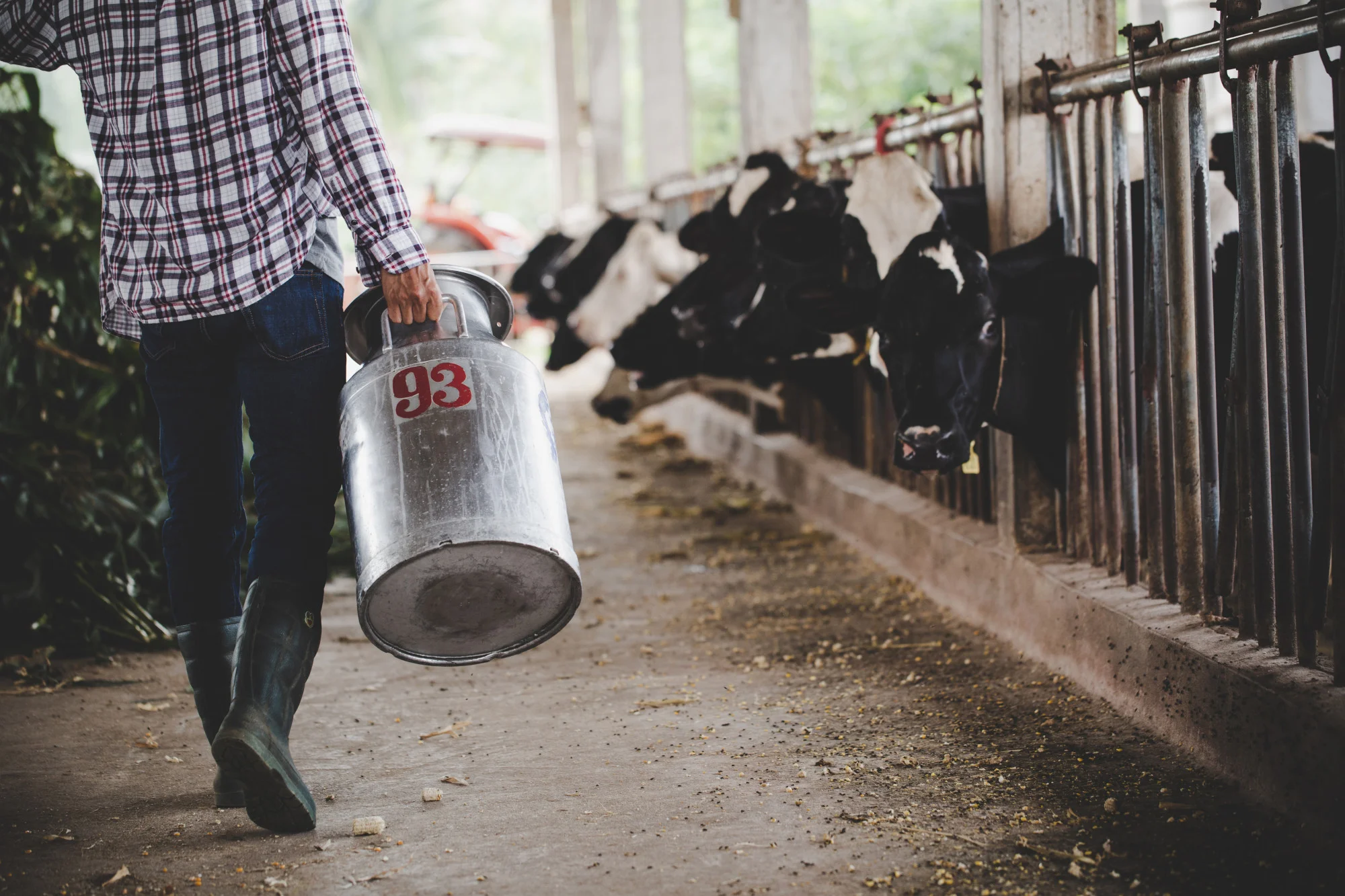In recent environmental news, researchers at Saitama University have published groundbreaking findings in the journal “The Science of the total environment” on the cytogenotoxicity of dairy manure slurry and its treatment through a two-stage chemical and electrocoagulation process. This study comes at a significant time when concerns regarding the environmental impact of livestock farming waste are at peak.
The cutting-edge research, led by Kasun Meetiyagoda Thenuwara Arachchige Omila and supported by Thilomi Samarakoon, Toshinori Takahashi, and Takeshi Fujino from the Department of Environmental Science and Technology at Saitama University, has exciting implications for sustainable agriculture and public health. The study, citing DOI: 10.1016/j.scitotenv.2024.170001, demonstrates a successful method of mitigating the harmful effects associated with untreated livestock waste.
The Dangers of Improper Livestock Waste Management
Livestock farming is an essential component of agricultural practice and plays a critical role in the global food supply chain. However, the discharge of untreated or partially treated livestock manure slurry can lead to serious environmental problems. These wastes contain high levels of nitrogen, phosphorous, and potentially harmful microorganisms that can contaminate water bodies, leading to eutrophication and other ecological imbalances.
Introducing the Two-Stage Treatment
The research focused on a novel two-stage chemical and electrocoagulation (EC) treatment designed to reduce the cytogenotoxic potential of dairy manure slurry. Initial chemical treatment using polyaluminum chloride (PAC) and cationic polyacrylamide (CPAM) was followed by electrocoagulation with aluminum (Al) or steel anodes.
The Allium cepa Bioassay – A Benchmark for Toxicity Assessment
To measure the efficacy of the treatment process, researchers utilized the Allium cepa bioassay. This well-established standard tool assesses cytogenotoxic effects evident as nuclear abnormalities (NAs), chromosomal aberrations (CAs), and mitotic indices (MIs). The Allium cepa (common onion) test is lauded for its sensitivity and reliability in detecting complex contaminant mixtures’ toxicity.
Findings of the Study
The study reported a significant reduction in cytogenotoxic indicators in the treated liquid fraction compared to the untreated slurry. There was a notable decline in the frequency of total NAs from 154 per mille to mere 37 per mille when the EC process was applied using an Al anode. Concurrently, the mitotic index (MI) improved dramatically from 7 per mille to 123 per mille in the treated slurry, indicating a substantial decrease in genotoxic substances.
Environmental Implications and Future Research
The outcome of this research holds promise for the sustainable management of livestock waste and the preservation of water quality. By significantly reducing the cytogenotoxicity of dairy manure, the two-stage treatment offers a potential solution for agricultural sectors grappling with ecological concerns surrounding waste management.
However, the study emphasizes that further research is necessary to assess the toxicity of the solid fraction that results from the treatment process. This additional research is vital in ensuring comprehensive waste management solutions.
References:
1. Meetiyagoda Thenuwara Arachchige Omila et al. (2024). Cytogenotoxicity of raw and treated dairy manure slurry by two-stage chemical and electrocoagulation: An application of the Allium cepa bioassay. The Science of the Total Environment, 170001. DOI: 10.1016/j.scitotenv.2024.170001
2. Savci, S. (2012). An agricultural pollutant: Chemical fertilizer. International Journal of Environmental Science and Development, 3(1), 73-80.
3. Bhat, S. A., et al. (2018). Dairy industry waste & its management. International Journal of Current Microbiology and Applied Sciences, 7(5), 1309-1324.
4. Kumar, V., et al. (2015). Dairy wastewater treatment by electrocoagulation and its reuse in agriculture. Journal of Environmental Chemical Engineering, 3(3), 1728-1735.
5. Frenich, A. G., et al. (2015). Simple and high throughput method for the simultaneous analysis of multiple plant hormones by LC-MS/MS using two types of ionisation sources (ESI and APCI). Talanta, 134, 768-776.
Keywords
1. Livestock Waste Management
2. Dairy Manure Treatment
3. Electrocoagulation Cytotoxicity
4. Allium cepa Assay
5. Sustainable Agriculture Practices
The implications of this study not only address current environmental challenges but also pave the way for advancements in sustainable livestock farming practices. The adoption of innovative treatment solutions such as the one highlighted in this research could be transformative in enhancing the well-being of our ecosystems.
